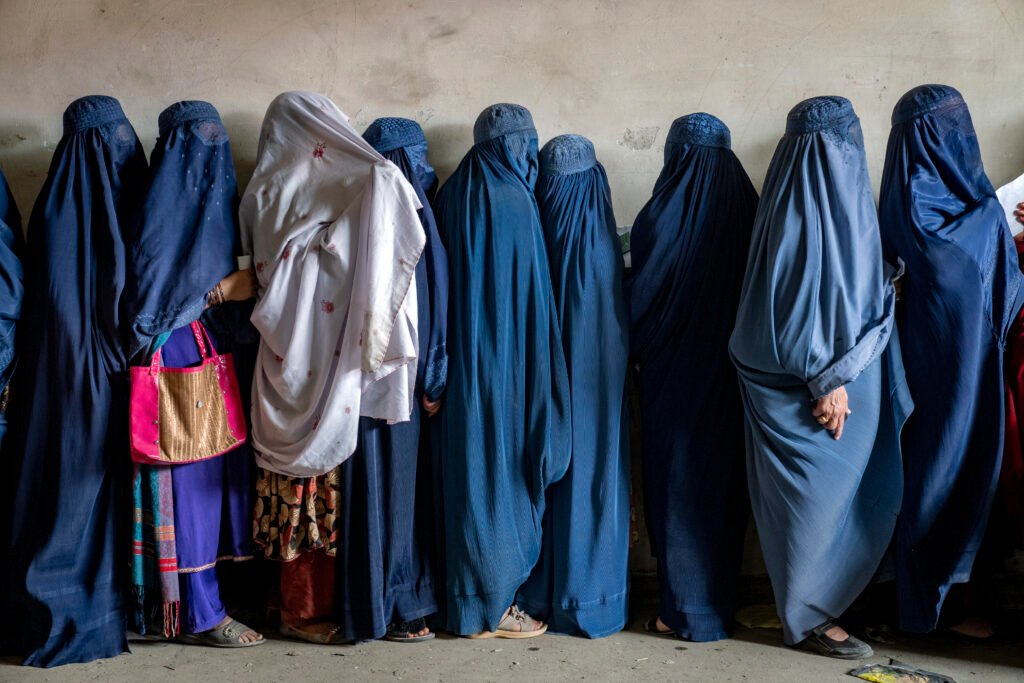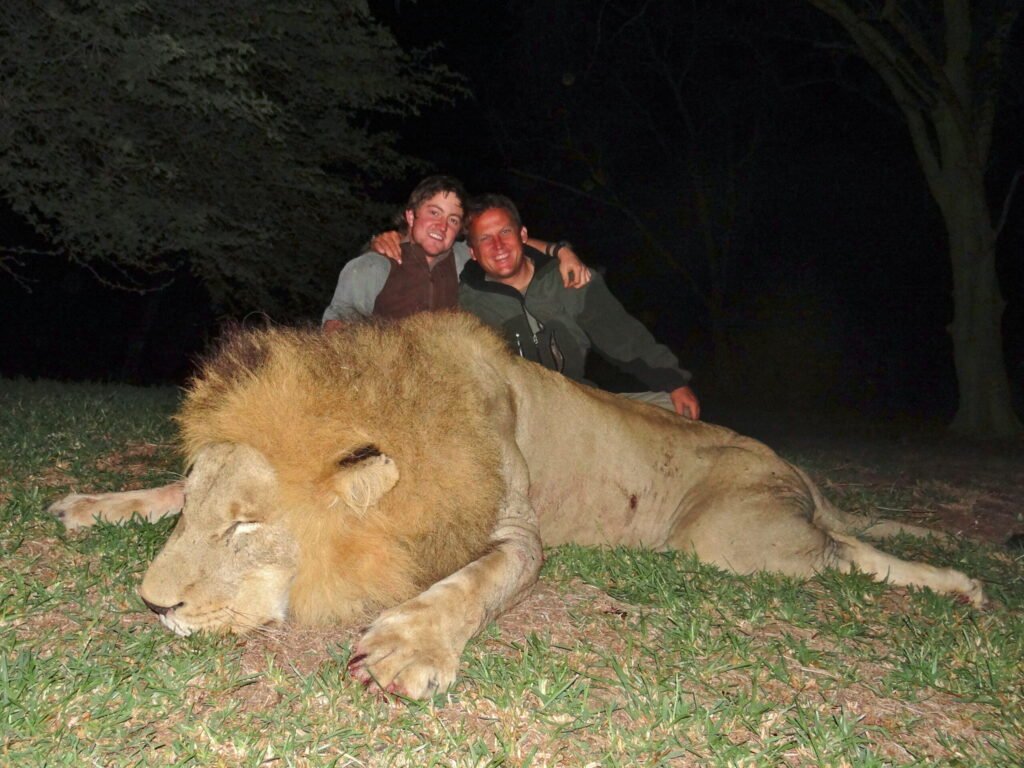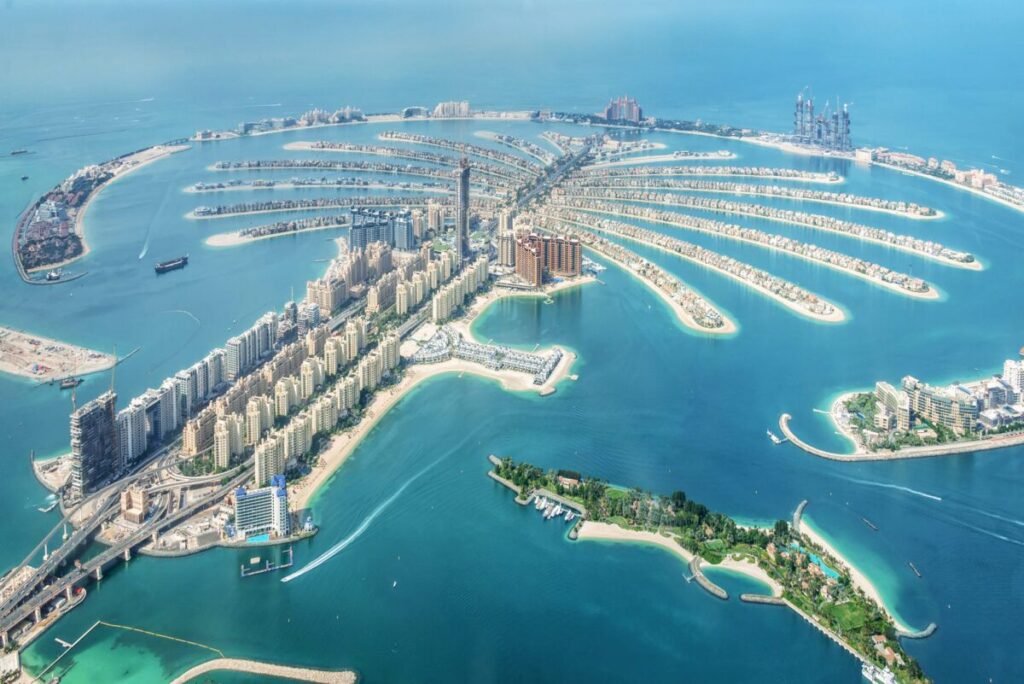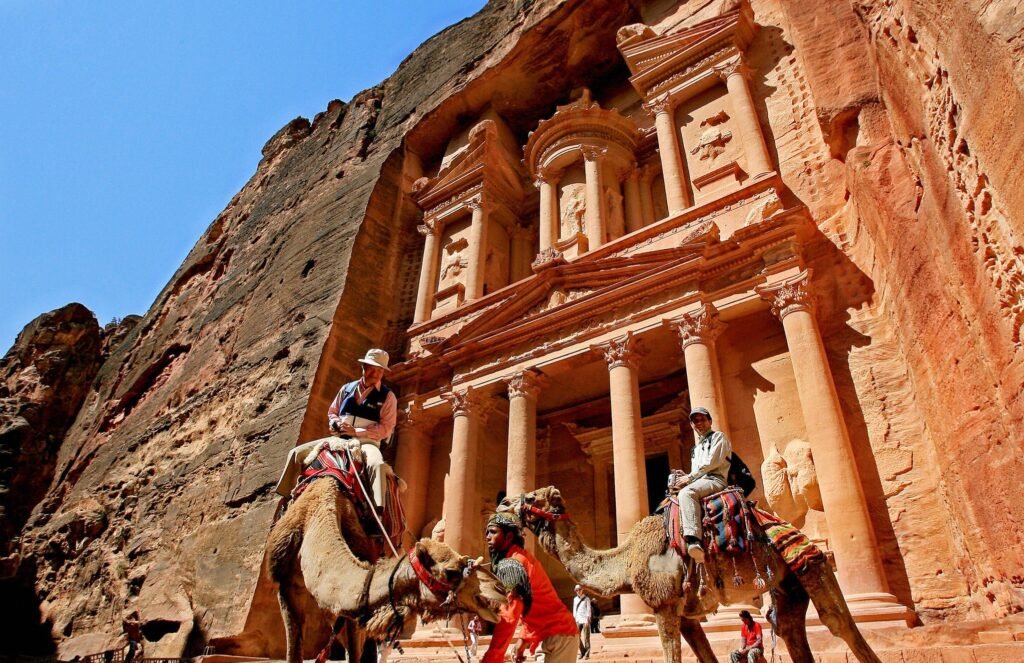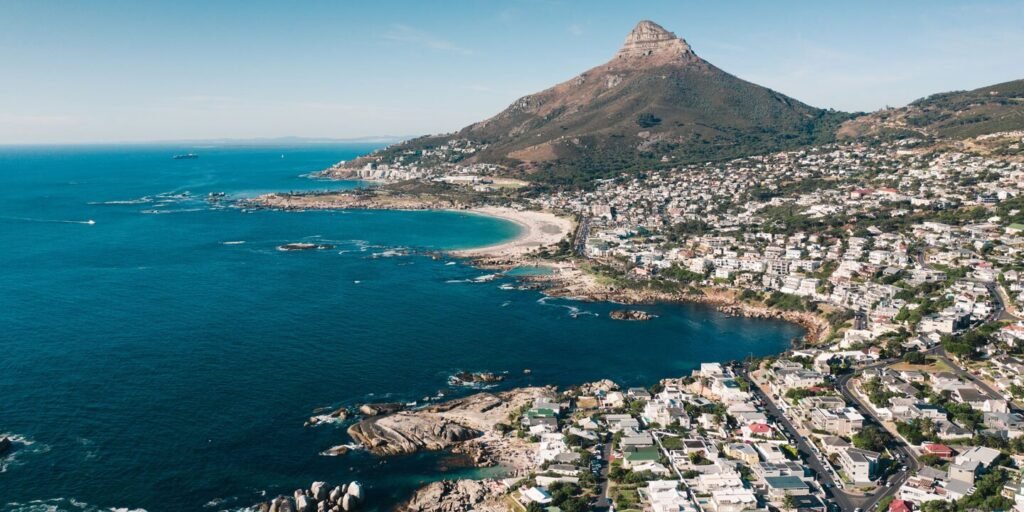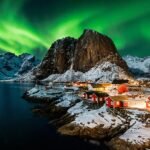Discover Afghanistan: A Land of Ancient History and Resilient People
Afghanistan, officially known as the Islamic Republic of Afghanistan, is a landlocked country located at the crossroads of Central and South Asia. It shares borders with Pakistan, Iran, Turkmenistan, Uzbekistan, Tajikistan, and China. The capital city is Kabul, which has historically been an important cultural and commercial center.
The geography of Afghanistan is diverse, with rugged mountains, fertile valleys, and arid deserts. The Hindu Kush mountain range dominates the central region, while the southwest consists of the vast desert of Registan. The country experiences a continental climate with hot summers and cold winters.
Economically, Afghanistan has a predominantly agrarian economy, with agriculture employing the majority of the workforce. The country is rich in natural resources, including precious stones, minerals, and natural gas. However, decades of conflict have hindered economic development. The Afghan afghani (AFN) is the official currency.
Culturally, Afghanistan has a rich history influenced by various civilizations, including Persian, Greek, Mauryan, and Islamic empires. The country is known for its traditional music, poetry, and arts. Pashto and Dari are the official languages, and the nation has a diverse ethnic composition, including Pashtuns, Tajiks, Hazaras, and Uzbeks.
Politically, Afghanistan has experienced significant turmoil, with various regimes and governments since the fall of the Taliban in 2001. The country is currently a republic with an elected president and parliament, although it faces ongoing challenges related to governance and security.
Tourism in Afghanistan has potential, with attractions including ancient historical sites, breathtaking landscapes, and rich cultural heritage. However, safety concerns have limited tourism development. Notable sites include the Buddhas of Bamiyan, the ancient city of Herat, and the Panjshir Valley.
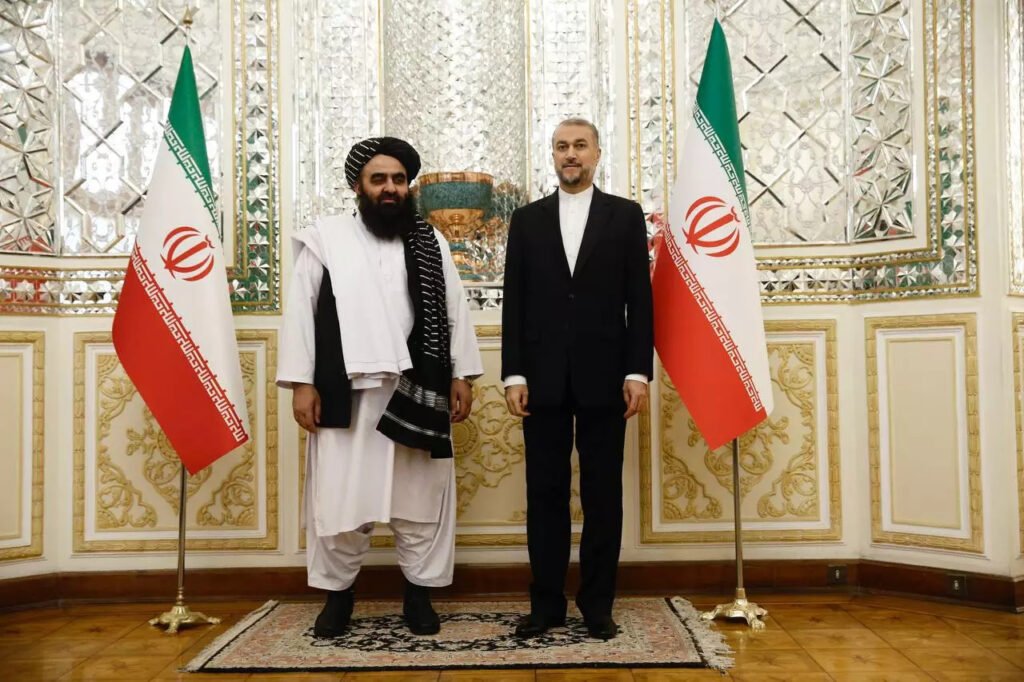
110 Facts About Afghanistan (2024)
Basic Information
| Category | Details |
|---|---|
| 1. Current Name | Afghanistan |
| 2. National Name | جمهوری اسلامی افغانستان (Islamic Republic of Afghanistan) |
| 3. Former Names | Kingdom of Afghanistan, Democratic Republic of Afghanistan |
| 4. Date of Establishment | August 19, 1919 |
| 5. Date of Independence | August 19, 1919 (from the United Kingdom) |
| 6. Leadership | President: Ashraf Ghani, Prime Minister: Abdul Wahid Qatali |
| 7. Government Type | Islamic republic |
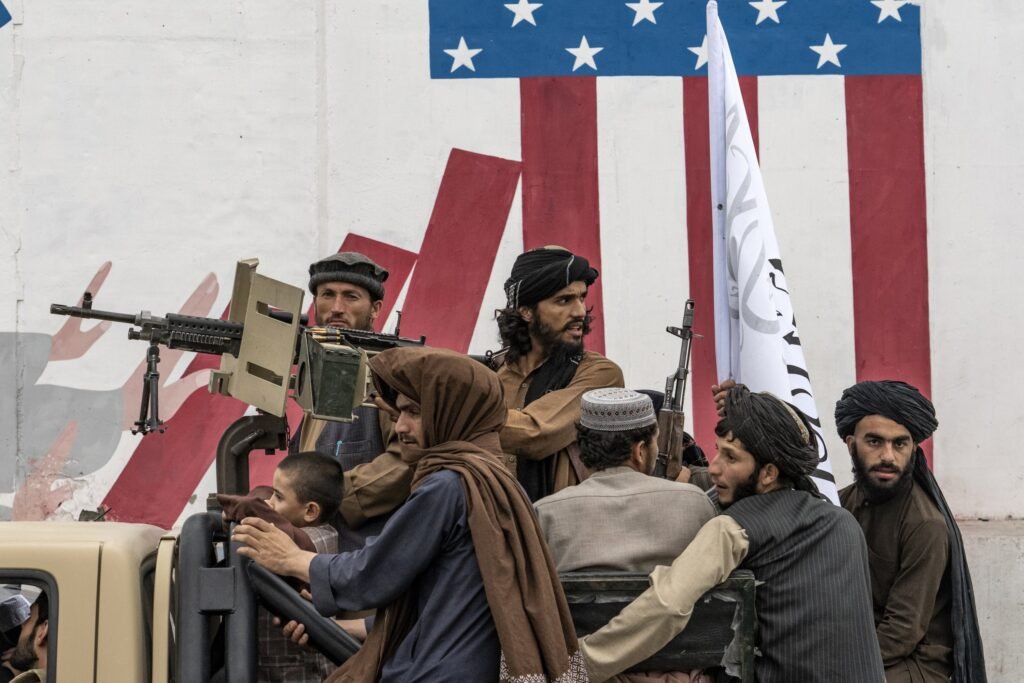
Geography
| Category | Details |
|---|---|
| 8. Capital City | Kabul |
| 9. Important Cities | Kandahar, Herat, Mazar-i-Sharif, Jalalabad |
| 10. Land Area | 652,230 square kilometers |
| 11. Total Area | 652,230 square kilometers |
| 12. Neighboring Countries (Land) | Pakistan, Iran, Turkmenistan, Uzbekistan, Tajikistan, China |
| 13. Neighboring Countries (Sea) | None |
| 14. UNESCO World Heritage Sites | Minaret of Jam, Cultural Landscape and Archaeological Remains of the Bamiyan Valley |
| 15. UNESCO World Natural Sites | Band-e Amir National Park |
| 16. Climate | Continental, with hot summers and cold winters |
| 17. Biodiversity | Rich in species like snow leopards, Marco Polo sheep, and ibex |
| 18. Famous River | Amu Darya |
| 19. Famous Mountain | Noshaq (highest peak) |
| 20. Coastline Length | None (landlocked) |
| 21. Major Islands | None |
| 22. Longest River | Helmand River |
| 23. Highest Waterfall | Darwaza Waterfall |
| 24. Largest Lake | Lake Qargha |
| 25. Largest Forest | Nuristan Forest |
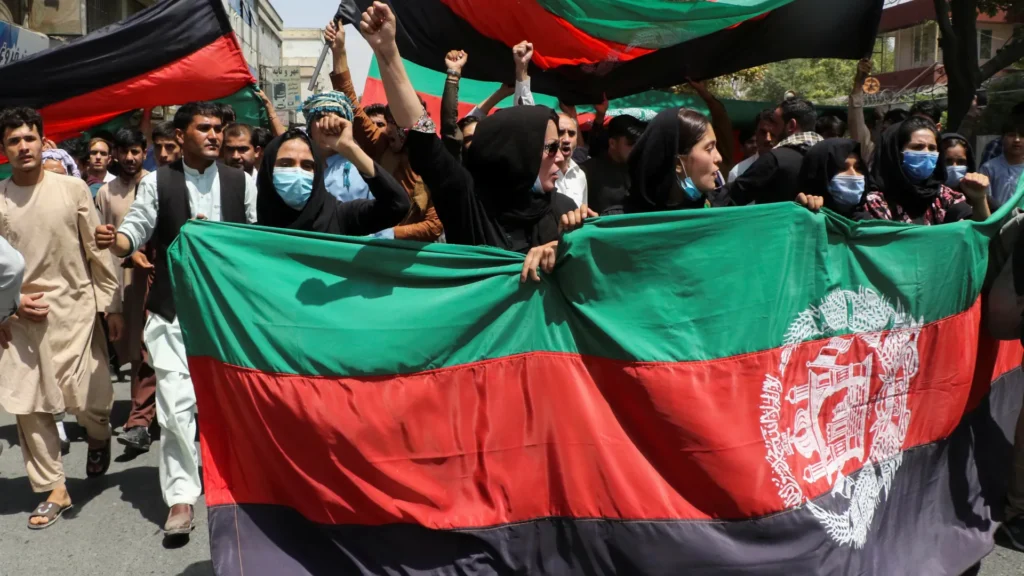
Population
| Category | Details |
|---|---|
| 26. Population (2024) | Approximately 40 million |
| 27. Population (1950) | 8.3 million |
| 28. Population (1900) | 4 million |
| 29. Projected Population (2070) | 60 million |
| 30. Population Density | 61 people per square kilometer |
| 31. Urban Population (%) | 26% |
| 32. Rural Population (%) | 74% |
Demographics
| Category | Details |
|---|---|
| 33. Ethnicity/Race | Pashtun (42%), Tajik (27%), Hazara (9%), Uzbek (9%), others |
| 34. Languages | Pashto, Dari (official), Uzbek, Turkmen |
| 35. National Language | Pashto, Dari |
| 36. Religion | Islam (Sunni majority, with Shia minority) |
| 37. Median Age | 18.4 years |
| 38. Life Expectancy | 64.8 years |
| 39. Birth Rate | 36.8 births per 1,000 people |
| 40. Death Rate | 13.8 deaths per 1,000 people |
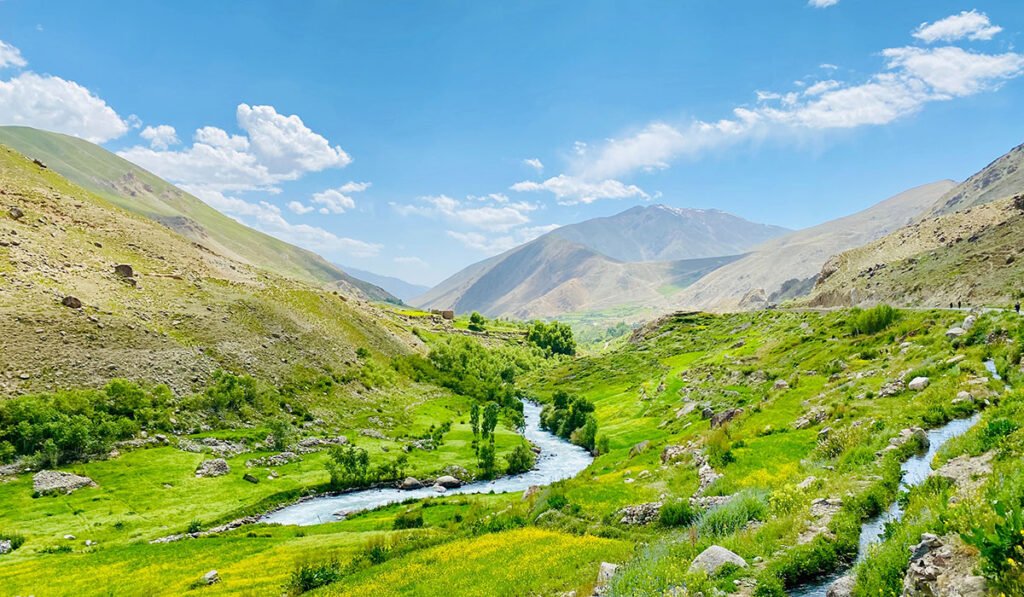
Economic Indicators
| Category | Details |
|---|---|
| 41. Monetary Unit | Afghan Afghani (AFN) |
| 42. GDP | $22.9 billion (2022 est.) |
| 43. GDP per Capita (PPP) | $2,067 (2022 est.) |
| 44. Income Level | Low income |
| 45. Consumer Price Inflation | 5.6% (2022 est.) |
| 46. Current Account Balance | -$0.4 billion (2022 est.) |
| 47. Exchange Rate (Per $) | 1 USD = 89 AFN |
| 48. Unemployment Rate | 11.2% (2022 est.) |
| 49. Stocks Inward ($ billion) | 0.8 (2022 est.) |
| 50. Real GDP Growth (%) | 3.6% (2022 est.) |
| 51. Labor Force (Million) | 16 million |
| 52. Major Industries | Agriculture, mining, textile, small-scale manufacturing |
| 53. Major Exports | Fruits and nuts, carpets, wool, opium, gemstones |
| 54. Major Imports | Machinery, petroleum products, foodstuffs, textiles |
| 55. Public Debt (% of GDP) | 7.5% (2022 est.) |
| 56. Tax Revenue (% of GDP) | 6.9% (2022 est.) |
| 57. Minimum Wage | 6,000 AFN per month |
| 58. Average Household Income | 29,000 AFN per year |
| 59. Inflation Rate | 5.6% (2022) |
| 60. Interest Rate | 15% (2022) |
| 61. Major Trade Partners | Pakistan, Iran, China, India, United Arab Emirates |
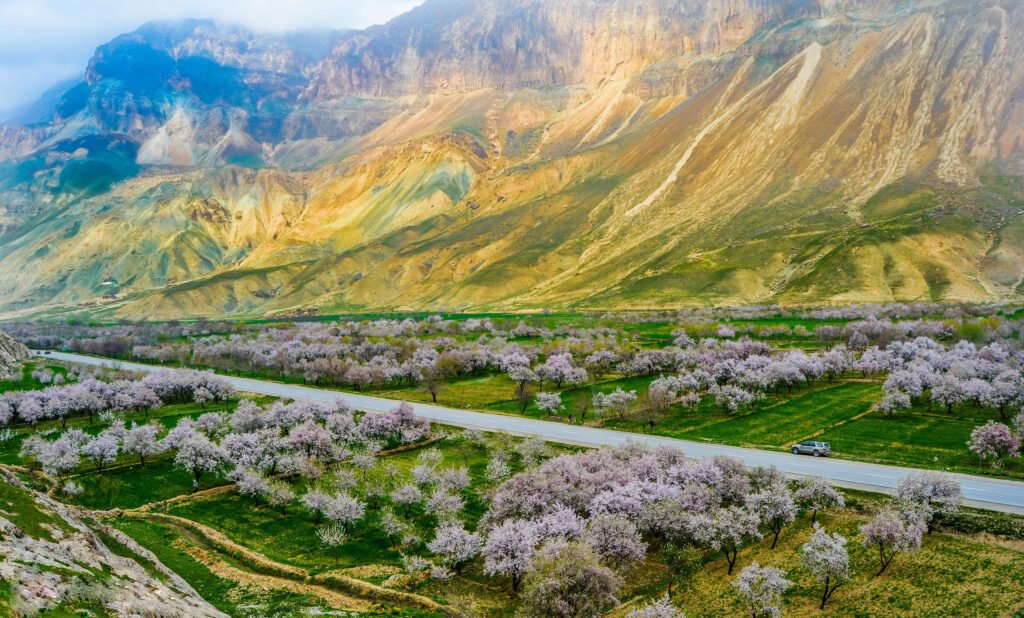
Social Indicators
| Category | Details |
|---|---|
| 62. Literacy Rate | 37.3% |
| 63. Fertility Rate | 4.3 children per woman |
| 64. Infant Mortality Rate | 53.7 per 1,000 live births |
| 65. Under-5 Mortality Rate | 67.8 per 1,000 live births |
| 66. National Holidays | Nowruz (New Year), Independence Day, Islamic holidays |
| 67. Health Care System | Developing, with significant challenges |
| 68. Health Expenditure (% of GDP) | 11.8% (2022 est.) |
| 69. Obesity Rate | 2.5% of adults |
| 70. Drinking Water Source | 67% of the population has access to clean drinking water |
| 71. Access to Sanitation | 43% of the population has access to improved sanitation facilities |
| 72. Average Life Satisfaction | 3.5/10 |
| ** |
| Category | Details |
|---|---|
| 72. Average Life Satisfaction | 3.5/10 |
| 73. Major Health Issues | Tuberculosis, malaria, respiratory infections |
Culture and Society
| Category | Details |
|---|---|
| 74. National Sport | Buzkashi |
| 75. National Animal | Snow Leopard |
| 76. National Flower | Tulip |
| 77. Famous Cuisine | Kabuli Pulao, Mantu, Ashak, Bolani |
| 78. Famous Music | Rubab music, traditional Afghan folk music |
| 79. Major Festivals | Nowruz (New Year), Eid al-Fitr, Eid al-Adha |
| 80. Traditional Dance | Attan |
| 81. Famous Artists | Ustad Mohammad Omar, Ahmad Zahir |
| 82. Famous Writers | Khaled Hosseini, Atiq Rahimi |
| 83. Cultural Influences | Persian, Indian, Turkic, Islamic |
| 84. Popular Sports | Football, Cricket |
| 85. Religious Practices | Predominantly Islam (Sunni and Shia) |
Education
| Category | Details |
|---|---|
| 86. Best Public University | Kabul University |
| 87. Best Private University | American University of Afghanistan |
| 88. Education Expenditure (% of GDP) | 4.6% (2022 est.) |
| 89. Literacy Rate | 37.3% |
| 90. Primary School Enrollment | 75% |
| 91. Secondary School Enrollment | 40% |
| 92. Higher Education Enrollment | 10% |
| 93. Major Fields of Study | Medicine, Engineering, Agriculture, Law |
| 94. Number of Universities | 150 |
| 95. International Students | 1,500 |
| 96. Graduation Rate | 50% (high school) |
Environment
| Category | Details |
|---|---|
| 97. Pollution Levels | High in urban areas, significant air and water pollution |
| 98. Forest Coverage | 2.1% of total land area |
| 99. Protected Areas | 3% of land area protected |
| 100. Renewable Energy Use | 6% of total energy consumption (2022) |
| 101. Endangered Species | Snow Leopard, Asiatic Black Bear, Marco Polo Sheep |
| 102. National Parks | Band-e Amir National Park, Wakhan National Park |
| 103. Environmental Policies | Focus on reforestation and wildlife conservation |
International Standing
| Category | Details |
|---|---|
| 104. Military Strength | Developing |
| 105. Country Rank | 169th in Human Development Index (2022) |
| 106. Happiness Rank | 139th (World Happiness Report, 2022) |
| 107. Passport Rank | 109th (Henley Passport Index, 2022) |
| 108. Tourism Rank | 125th (UNWTO Tourism Ranking, 2019) |
| 109. Global Economy Rank | 112th (World Bank, 2022) |
| 110. Science and Technology Rank | 137th (Global Innovation Index, 2021) |
History of Afghanistan
Afghanistan has a long and tumultuous history, often being referred to as the “graveyard of empires.” The region has been inhabited since the Paleolithic era and has seen the rise and fall of numerous civilizations, including the Indus Valley Civilization, Persian Empire, and the empire of Alexander the Great.
In the 7th century, Islam was introduced to Afghanistan, leading to the establishment of Islamic dynasties. The region became a cultural and intellectual center during the medieval period, especially under the rule of the Ghaznavid and Ghurid empires. The Mongol invasion in the 13th century led to significant destruction, but the region eventually recovered under the Timurids and later the Mughals.
The modern state of Afghanistan was established in the 18th century under Ahmad Shah Durrani, who is considered the founder of the nation. The 19th and early 20th centuries were marked by the Anglo-Afghan wars and British influence, culminating in full independence in 1919.
The late 20th century was a period of intense conflict, beginning with the Soviet invasion in 1979, followed by a decade-long war, the rise of the Taliban in the 1990s, and the U.S.-led invasion in 2001 after the September 11 attacks. Since then, Afghanistan has faced ongoing challenges, including political instability, insurgency, and efforts at reconstruction and peacebuilding.
The Flag of Afghanistan
The flag of Afghanistan consists of three vertical stripes of black, red, and green, with the national emblem in white centered on the red stripe. The emblem includes a mosque with a mihrab facing Mecca, two flags, sheaves of wheat, the Takbir, and the name of the nation.
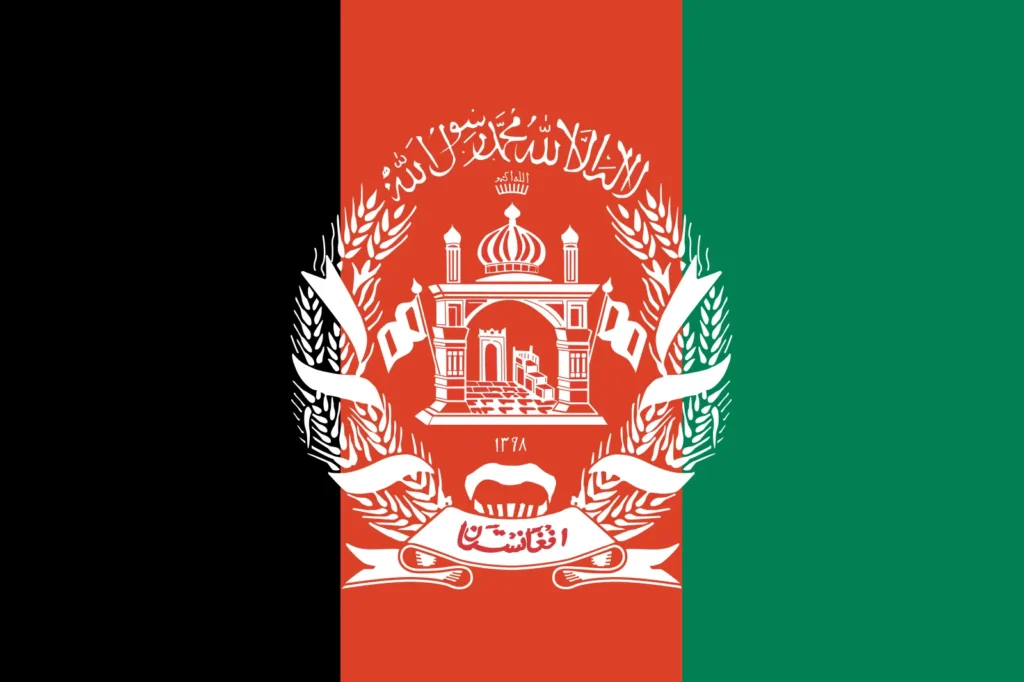
- Black: Represents the dark past and history of conflict.
- Red: Symbolizes the bloodshed in the fight for independence.
- Green: Represents hope, prosperity, and Islam.
The flag’s design reflects Afghanistan’s complex history and aspirations for peace and stability. The current version was adopted in 2013.
References
- “Afghanistan.” Encyclopædia Britannica. britannica.com
- “History of Afghanistan.” History.com. history.com
- “The Flag of Afghanistan.” CIA World Factbook. cia.gov
- “Afghan Economy.” World Bank. worldbank.org
- “UNESCO World Heritage Sites in Afghanistan.” UNESCO. unesco.org
-
Top 10 Hunting Resorts in Asia

Asia offers a unique blend of hunting experiences, from the rugged mountains to dense forests, and each resort provides a unique combination of luxury and adventure. Here are the top…
-
Top 10 Cheapest Hunting Destinations in the World
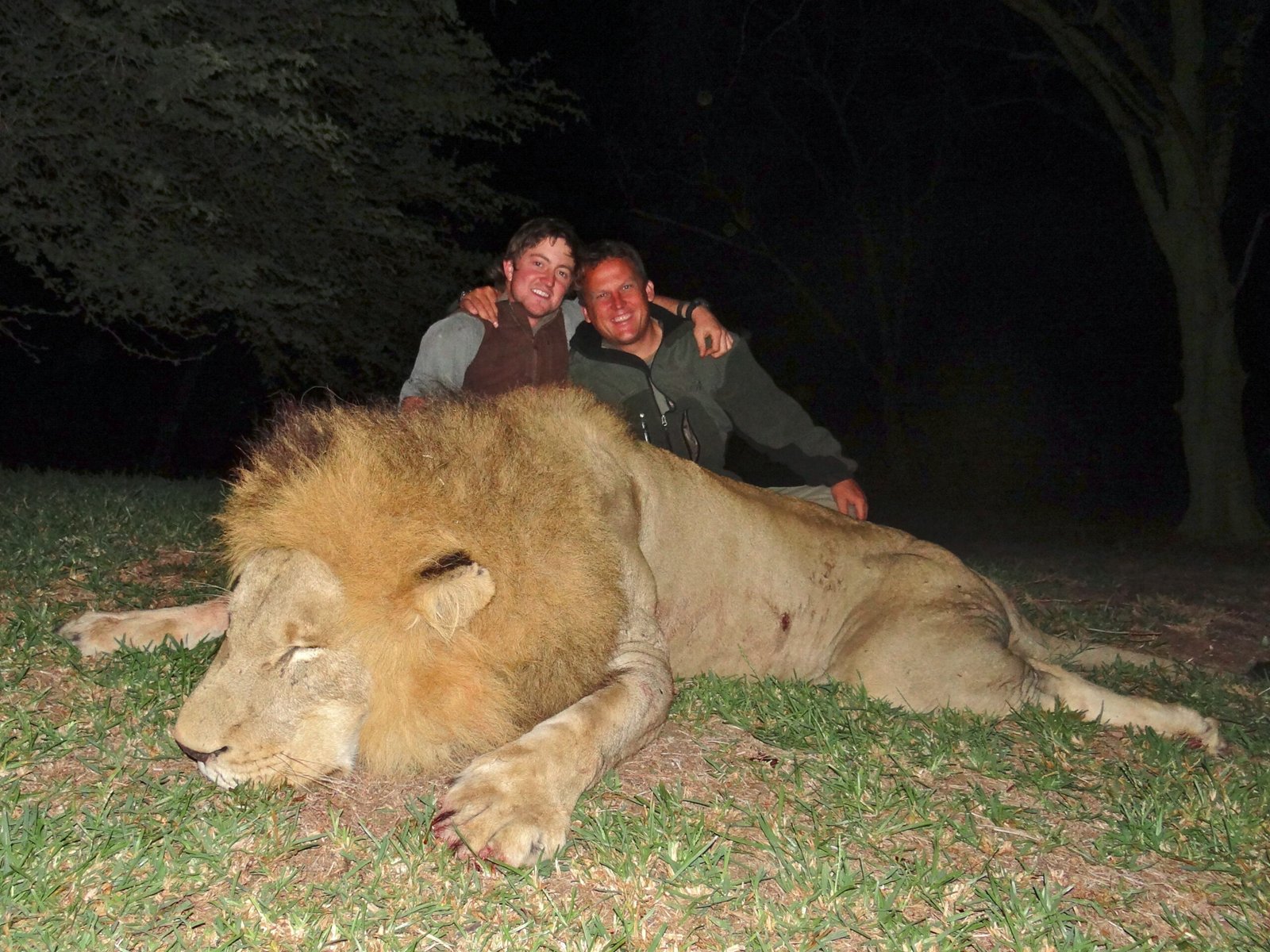
Hunting can be an expensive hobby, but there are several destinations around the world where you can enjoy this activity without breaking the bank. Here are ten of the most…
-
Top 10 Most Expensive and Luxury Hunting Resorts in the World

For those seeking the ultimate luxury hunting experience, these destinations offer world-class amenities, exclusive game, and unparalleled services. Here are the top ten most expensive and luxurious hunting resorts in…
Top 10 Hunting Resorts in Asia
Asia offers a unique blend of hunting experiences, from the rugged mountains to dense forests,…
Top 10 Cheapest Hunting Destinations in the World
Hunting can be an expensive hobby, but there are several destinations around the world where…
Top 10 Most Expensive and Luxury Hunting Resorts in the World
For those seeking the ultimate luxury hunting experience, these destinations offer world-class amenities, exclusive game,…
Top 10 Most Expensive and Luxury Destinations in the World
Experience the Pinnacle of Opulence at These Luxury Travel Destinations For those seeking the epitome…
Top 10 Historical Reserves in the World
Explore the World’s Most Fascinating Historical Reserves Visiting historical reserves offers a unique glimpse into…
Top 10 Cheapest Travel Destinations in 2024
Explore These Budget-Friendly Cities Around the World Traveling on a budget doesn’t mean you have…
